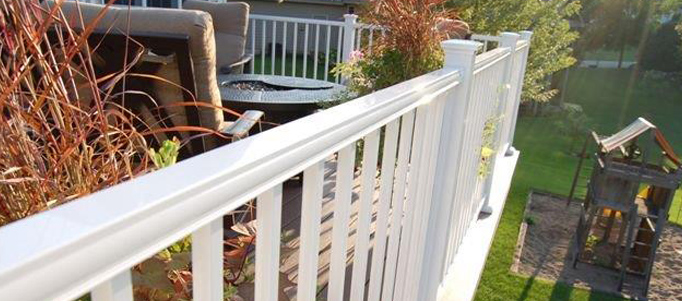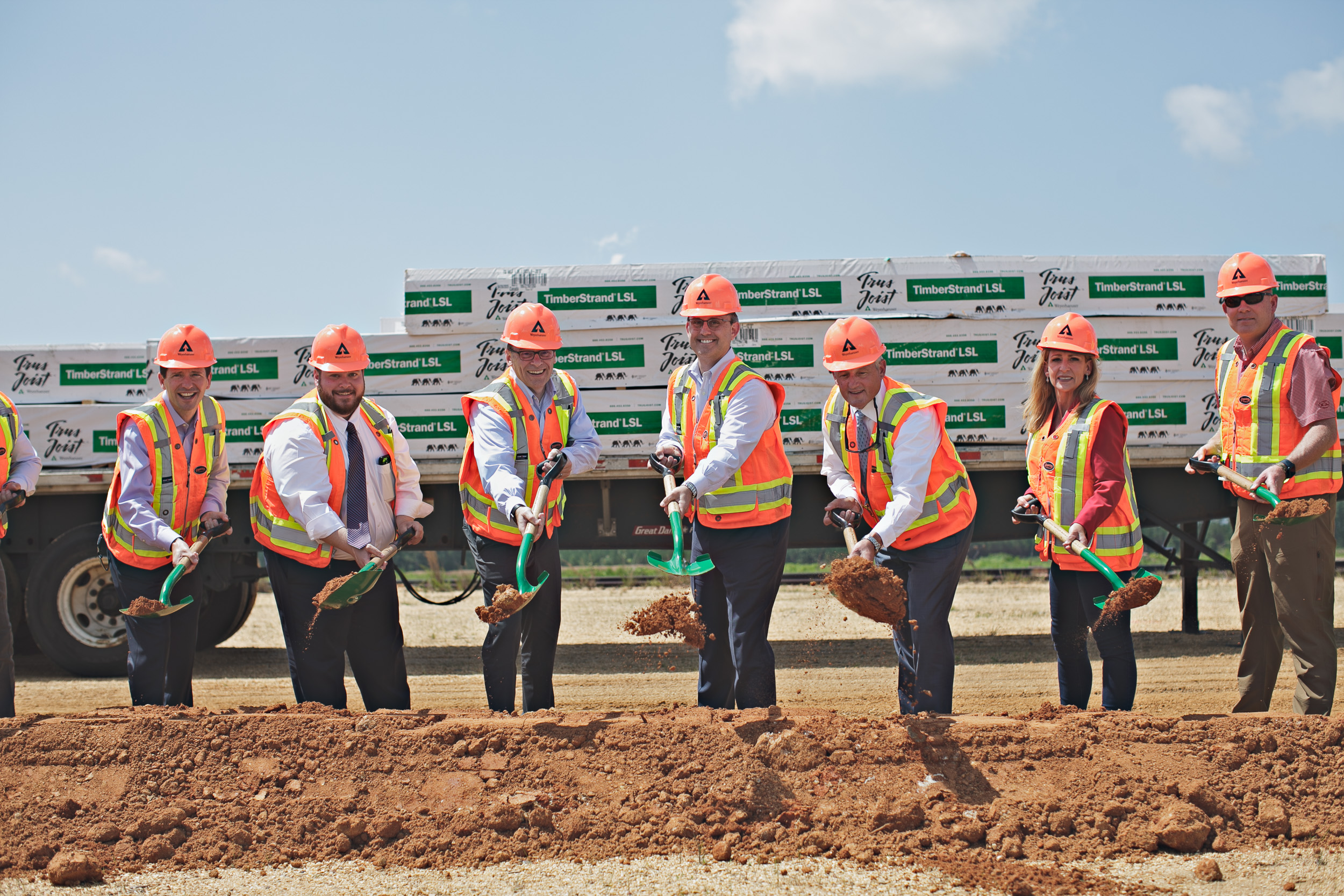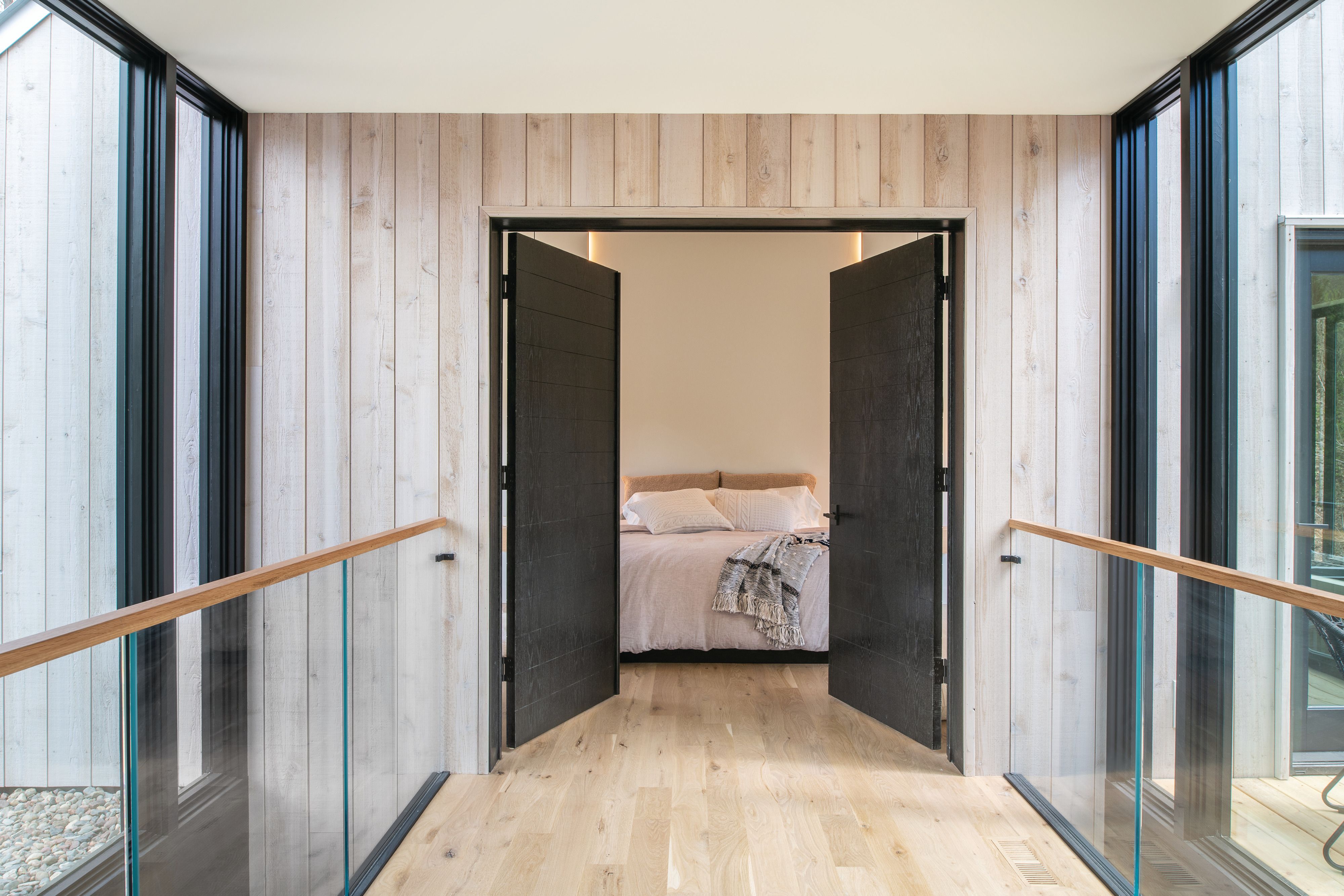
Today, choices abound for deck railing systems that coordinate, complement or even stand out from the deck itself. Numerous options for material, color, size and style allow dealers and their customers to truly distinguish their deck projects. And with many manufacturers providing all-inclusive packages, installing railing systems is easier than ever.
Still, there are a few common careless errors that can make a good railing job go bad, impacting the appearance of the finished product or forcing a lot of rework. Here are some of the most common and easily avoidable errors when it comes to installing deck railings.
Failing to Follow Instructions
Most railing systems, especially those in kits, come with specific instructions for how to measure and fasten, what types of fasteners to use, what brackets to use, etc. Each railing system is different, so be sure to familiarize yourself with the specifics before getting started.
“Read those instructions,” advises Jeremy Jordan, product manager for Fortress Railing. “Make sure you’re familiar with the system and how the parts and pieces go together. Use the measurements in the instructions before you go to predrill holes for brackets.”
Misunderstanding Measurements
Indeed, directions are key to proper measurements with railing systems. For instance, some panel systems may be described in nominal sizes, similar to stud lumber, while others are in actual sizes.
Some systems require measuring from center post to center post; otherwise, the balusters being off center. However, some systems, such as kits from Fairway Building Products, which are manufactured to exact nominal lengths, measure inside post to inside post.
No matter what, always abide by the adage “Measure twice, cut once.”
Cutting Balusters Too Short
“Installers forget they need to measure the sweep, the bottom rail, the baluster, the top rail, and the rail cap,” notes Tim Deiter, Western sales manager for Dekorators, Inc. “If they don’t measure all of that, they can end up cutting them too short and not meeting code.” In most cases code requirements dictate 36-inch heights for residential, 42 inches for commercial; California requires 42 inches for both.
Failing to Note the Structural Capacity of Posts
Not all posts and post sleeves are structural. Many will need to be shimmed and mounted over 2x or 4x wood posts.
Measuring Post Caps Incorrectly
Don’t assume all post caps are 4×4. Measure the outside diameter of the post and then choose the cap, not the other way around, Dieter advises. That way you can ensure the post cap fits before the homeowner falls in love with it.
Leaving a Mess Behind
It sounds simple, but be sure to clear away any leftover debris, such as metal shavings. In addition to being unsightly, metal shavings can become imbedded in the deck and affect its appearance.
When in doubt, ask the manufacturer or your Weyerhaeuser Distribution rep for assistance with understanding railing installation. Railing systems can be easy to install—just as long as care is taken and directions are closely followed.
Click here to check out railing options from a Weyerhaeuser Distribution center in your area.


